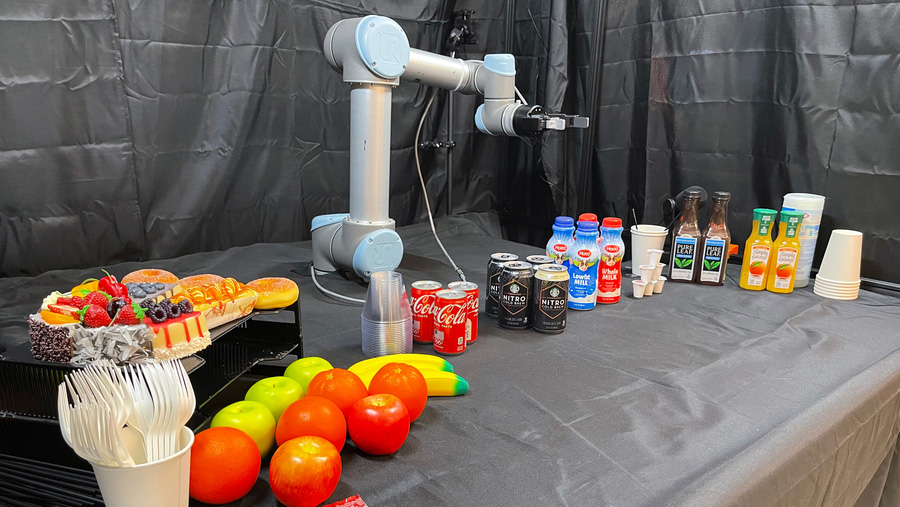MIT researchers
Using a novel relevance framework developed at MIT, the robot identifies and prioritizes objects in the scene to autonomously assist humans in a seamless, intelligent, and safe manner.
For a robot, the real world is a lot to take in. Making sense of every data point in a scene can take a huge amount of computational effort and time. Using that information to then decide how to best help a human is an even thornier exercise.
|
ADVERTISEMENT |
Now, MIT roboticists have a way to cut through the data noise to help robots focus on the features in a scene that are most relevant for assisting humans.
Their approach, which they aptly dubbed “Relevance,” enables a robot to use cues in a scene, such as audio and visual information, to determine a human’s objective and then quickly identify the objects that are most likely to be relevant in fulfilling that objective. The robot then carries out a set of maneuvers to safely offer the relevant objects or actions to the human.
The researchers demonstrated the approach with an experiment that simulated a breakfast buffet. They set up a table with various fruits, drinks, snacks, and tableware, along with a robotic arm outfitted with a microphone and camera. Applying the new Relevance approach, they showed that the robot was able to correctly identify a human’s objective and appropriately assist them in different scenarios.
…

Add new comment